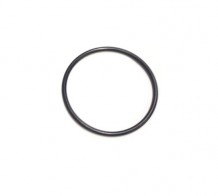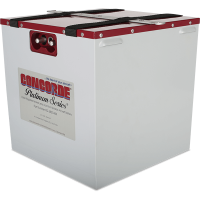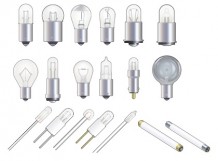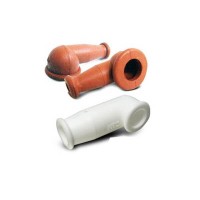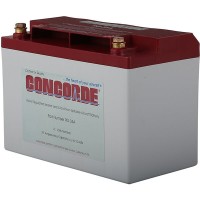Aircraft Spruce Canada
Brantford, ON Canada
Corona, CA | Peachtree City, GA
Chicago, IL | Wasilla, AK
Concorde RG-443 Sealed Lead Acid Aircraft Battery
MFR Model# RG-443
- JUMP TO
- Overview
- Documents
- Reviews
- Q&A
- View in Catalog
Overview
|
Recombinant Gas - The RGŪ Series are low resistance, valve regulated lead acid (VRLA) batteries.
*NOTE* - The STC for some aircraft is available at an additional cost please call 877-4-SPRUCE (777823) if applicable to your aircraft.
|
Q&A
Please note, Aircraft Spruce Canada's personnel are not certified aircraft mechanics and can only provide general support and ideas, which should not be relied upon or implemented in lieu of consulting an A&P or other qualified technician. Aircraft Spruce Canada assumes no responsibility or liability for any issue or problem which may arise from any repair, modification or other work done from this knowledge base. Any product eligibility information provided here is based on general application guides and we recommend always referring to your specific aircraft parts manual, the parts manufacturer or consulting with a qualified mechanic.
Actual service life really depends on the operation.
The batteries are made up of proven components with a high reliability.
Calculated MTBF (Mean time between failure or service life) is not applicable to batteries. The actual reliability of the battery system will be directly dependent on the manner in which the user operates the aircraft, the actual conditions in which the aircraft operates, and the accidental abuse to which the battery may be subjected.
The primary cause of battery failure in aircraft is due to customer abuse. This comes in a wide variety of forms including as follows: Overcharge, over-discharge, allowing a discharged battery to stand for several days before recharging, and cycling the battery repeatedly by allowing parasitic loads when the master switch is off are the most prevalent. It is for these reasons that we cannot really make one blanket statement to cover all operations.
With that in mind, where the battery continues to perform and test well, we recommend you replace it after four years. The battery may actually still be fine at that point, but as they age the issue is vibration induced fatigue. Batteries are subjected to a reduced vibration standard since they are short life components. The probability of something breaking internally in the battery resulting in an open circuit (no power) increases as the battery ages and is subject to more cycles of landing and in flight vibration.

 Aircraft Spruce Canada
Aircraft Spruce Canada









